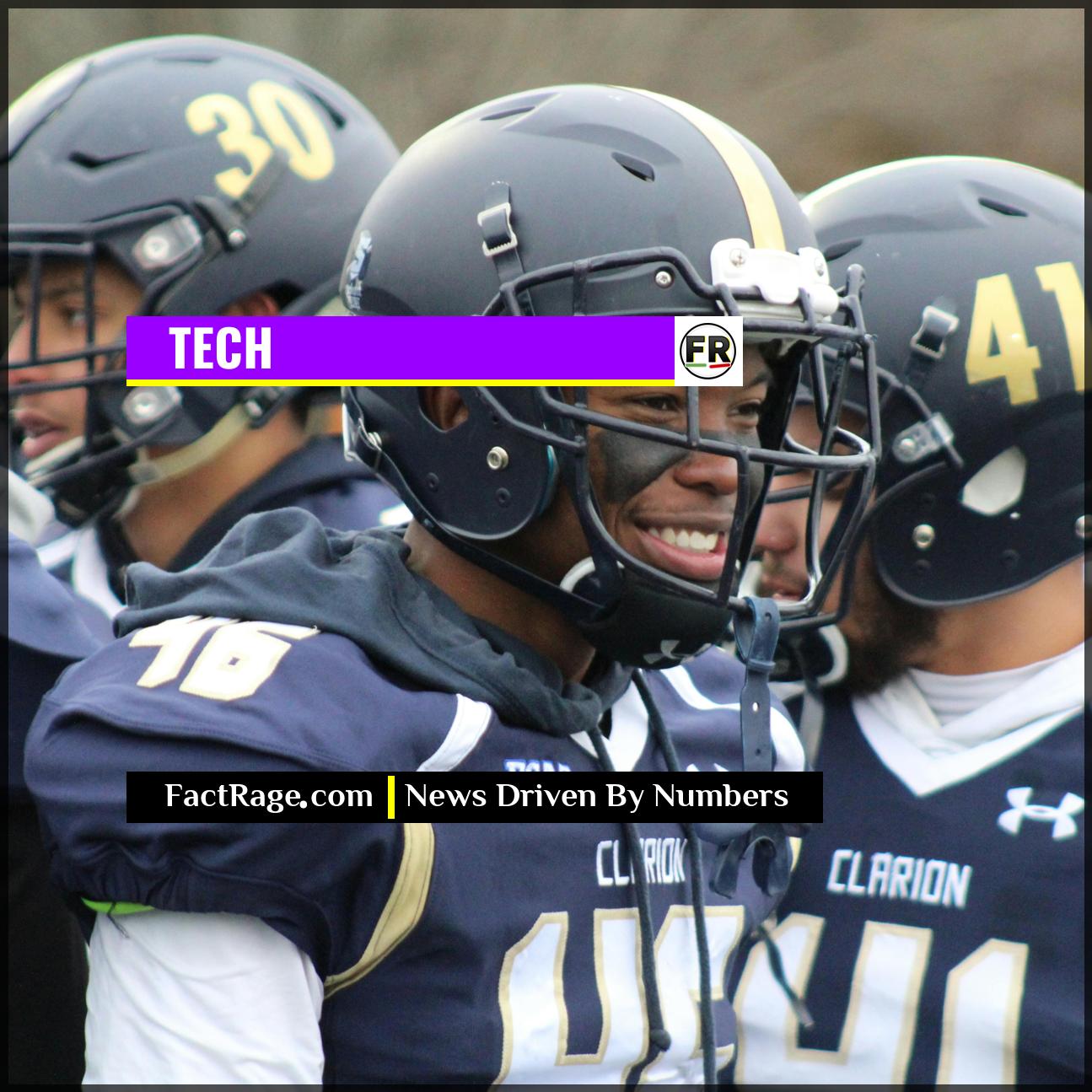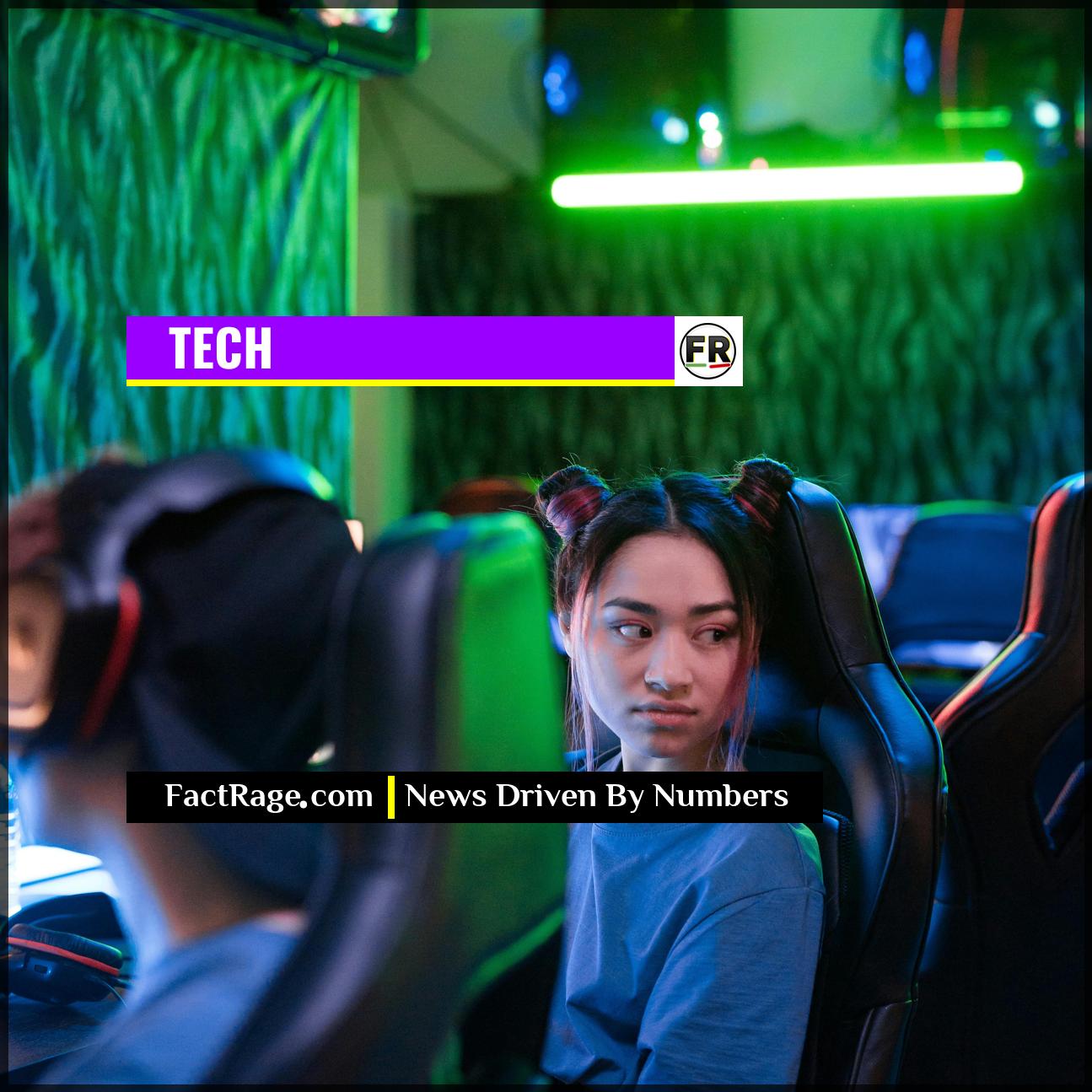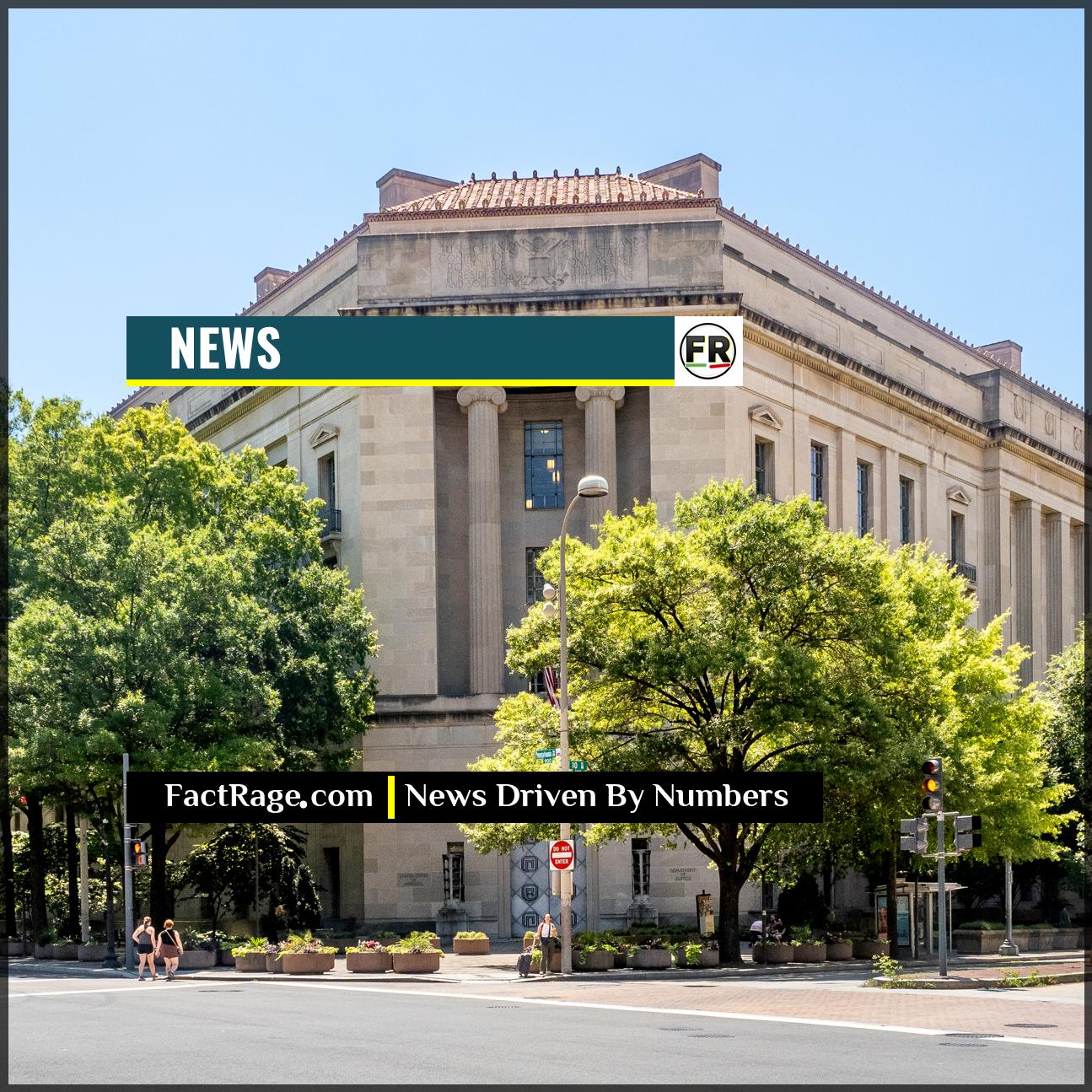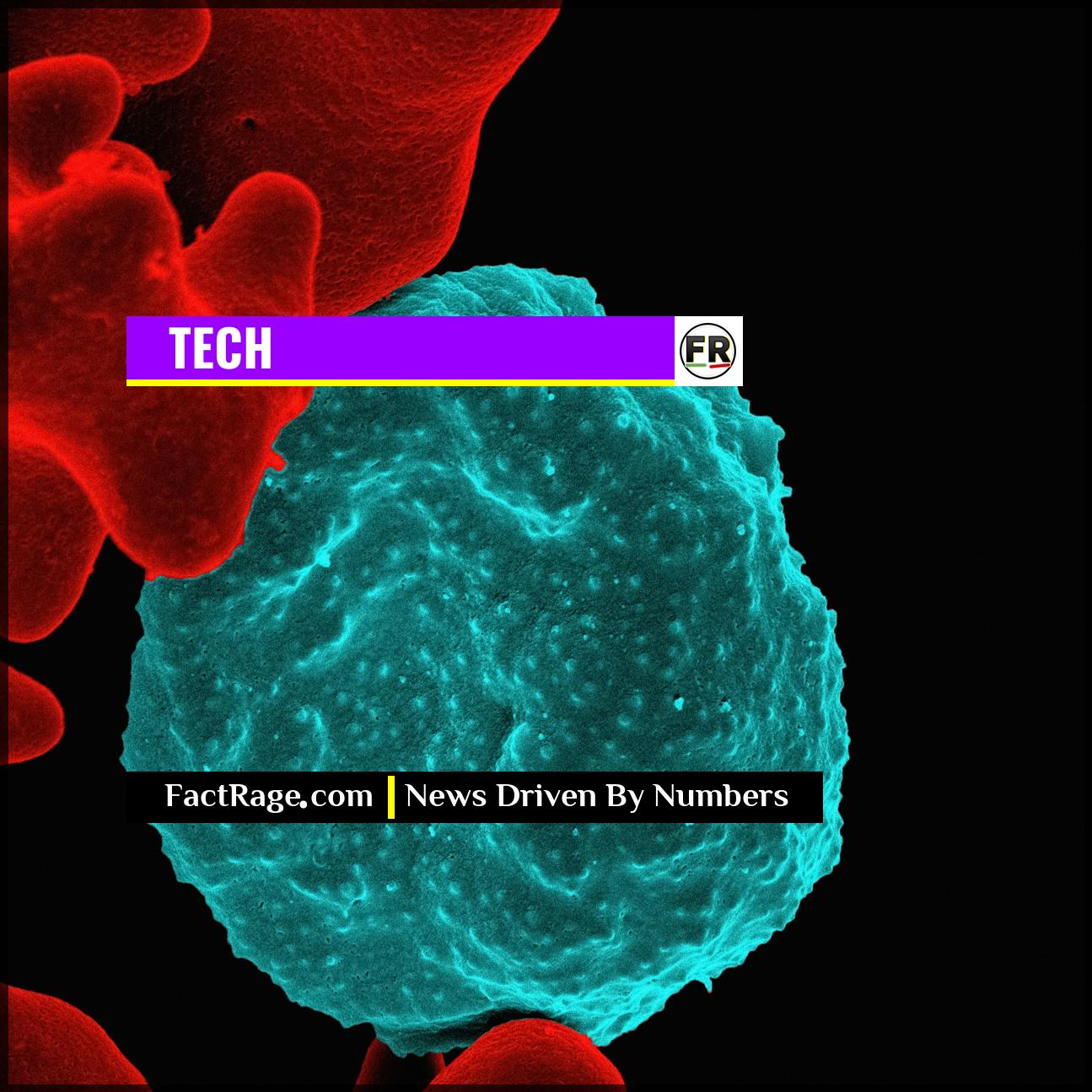NATIONWIDE – As anticipation builds for EA Sports College Football 26, the game represents far more than a simple sequel, standing instead at the complex intersection of groundbreaking digital likeness technology and the ongoing legal and economic revolution of Name, Image, and Likeness (NIL) rights in college athletics.
- NIL Revolution – The game’s existence is a direct result of changes in NCAA rules allowing student-athletes to be compensated for their Name, Image, and Likeness, resolving the legal issues that halted the series a decade ago.
- Massive-Scale Technology – The project requires a significant technological effort to digitally capture the likenesses of thousands of individual athletes across 134 FBS teams, a scale unprecedented in sports video games.
- An Evolving Business Model – The compensation structure, which offered players a base payment and a copy of the game for the ’25 edition, establishes a new creator economy for athletes and raises ongoing questions about fair market value.
After a decade-long hiatus, the return of the beloved college football video game series was not just a matter of development time, but a reflection of a fundamental shift in the rules and economics governing amateur sports. This new era brings with it a host of technological challenges and ethical considerations that will define the franchise’s future.
More Than a Game: The New Rules of Digital Identity
![]() The revival of the college football video game is one of the most fascinating public tests of emerging technology and digital ethics. We’re witnessing, in real-time, the creation of a new kind of creator economy built on mass-scale digital likeness and a revolutionary legal framework. This project forces us to ask a fundamental question for the digital age: what is the true value of a person’s image, and who gets to decide?
The revival of the college football video game is one of the most fascinating public tests of emerging technology and digital ethics. We’re witnessing, in real-time, the creation of a new kind of creator economy built on mass-scale digital likeness and a revolutionary legal framework. This project forces us to ask a fundamental question for the digital age: what is the true value of a person’s image, and who gets to decide?
Read On…
Below, we break down the specific legal rulings and the powerful technology that made this comeback possible, and explore the unanswered questions that will shape the future of sports and digital rights.
What Legal Shift Ended the Game’s Decade-Long Hiatus?
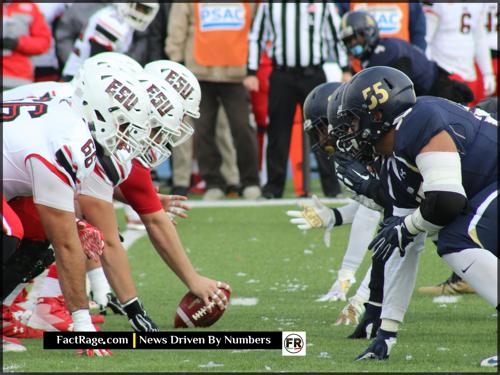
The primary reason for the franchise’s long absence was the unresolved issue of player compensation. The last installment, NCAA Football 14, was discontinued amid lawsuits, most notably the O’Bannon v. NCAA case, which argued that it was illegal for players’ likenesses to be used without pay. For years, the NCAA’s model of amateurism made a revival of the game legally impossible.
That landscape was permanently altered by the Supreme Court’s 2021 decision in NCAA v. Alston and the subsequent adoption of NIL policies. These changes effectively dismantled the old rules, granting student-athletes the right to profit from their personal brand. This legal and economic shift provided Electronic Arts the pathway to resurrect the series by creating a framework to pay players directly. For its 2025 predecessor, EA offered a reported $600 and a copy of the game to each of the more than 11,000 players who opted to be included, creating the foundation upon which College Football 26 will be built.
How Does EA Digitize an Entire Sport?
Including authentic rosters is a core component of the game’s appeal, but the task presents an enormous logistical and technological challenge. Unlike professional sports titles that focus on a few hundred athletes, EA Sports College Football must manage the likenesses of thousands of players across 134 different programs.
To achieve this, EA combines high-tech solutions with broad-scale data collection. While prominent star players may undergo detailed, in-person 3D scanning sessions to capture their exact features, it is not feasible for the entire player pool. For the majority of athletes, the company relies on a partnership-based approach, working with schools to gather reference photographs and player data. This information is then fed into EA’s development pipeline, where artists and character modelers use sophisticated software to create realistic in-game avatars. The process is a blend of automation and artistry, designed to deliver authenticity at an unprecedented scale.
What Unsettled Questions Does the New NIL Model Raise?
While the return of the game is widely celebrated, the new compensation model introduces a fresh set of complex questions. The flat-fee structure used for College Football 25 treated every opted-in player equally, from a Heisman trophy contender to a third-string lineman. Is this a fair system? Many agents and marketing experts argue that the market value of a star quarterback is exponentially higher than that of a lesser-known player.
Furthermore, the element of player choice adds a new dynamic. High-profile athletes, such as Texas quarterback Arch Manning, opted out of the 2025 game, meaning they will not appear. These decisions force EA to use generic, unidentifiable avatars in their place, potentially impacting the game’s realism for certain teams. As the NIL market matures, questions will persist about the future of compensation. Will future installments like College Football 26 see tiered payments based on a player’s profile, or will some stars negotiate lucrative, individual ambassador deals on top of the base fee? The answers will not only shape the video game but also the broader business of college sports.
Beyond the Virtual Gridiron
![]() The revival of the college football video game is far more than a simple comeback; it’s a real-time experiment in digital identity, labor rights, and technological scale. The solutions being forged to capture and compensate thousands of athletes are creating a blueprint that will inevitably influence the future of digital representation far beyond the entertainment industry. As this new chapter unfolds, it forces us to confront a defining question of our era: how do we balance the marvels of innovation with the complex human ethics of fairness and value?
The revival of the college football video game is far more than a simple comeback; it’s a real-time experiment in digital identity, labor rights, and technological scale. The solutions being forged to capture and compensate thousands of athletes are creating a blueprint that will inevitably influence the future of digital representation far beyond the entertainment industry. As this new chapter unfolds, it forces us to confront a defining question of our era: how do we balance the marvels of innovation with the complex human ethics of fairness and value?

